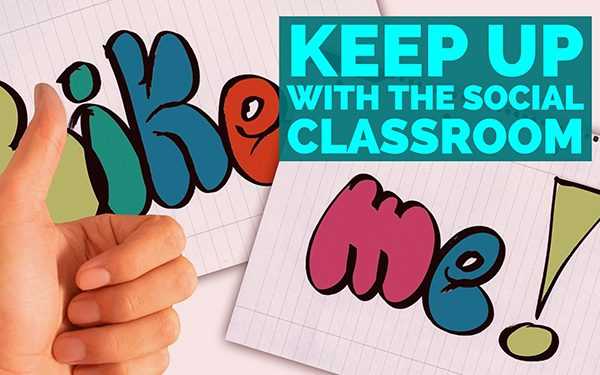5 tips on how to manage social media in the classroom
 Lucie Renard —
Lucie Renard —
In this blogpost I will give you some tips and tricks on how to handle social media and on how making it yours.
“Social media are monsters!” I hear it all the time from teachers. And yes, I get it. It’s not easy for students to concentrate when every social media channel is calling out to post something. But social media is here. And the worst thing you can do now is to ignore it.
Loes Swinkels, (specialist in cyber bullying and social media) compared social media lessons with traffic. Social media can be very unexpected. “We have to know the ropes in a world that is never as it seems.” I agree on that matter. Social media can be annoying and it can be dangerous, but above all, it has so much potential! Ignoring the problem is not the solution.
Tips on how to manage social media
1. Talk about it
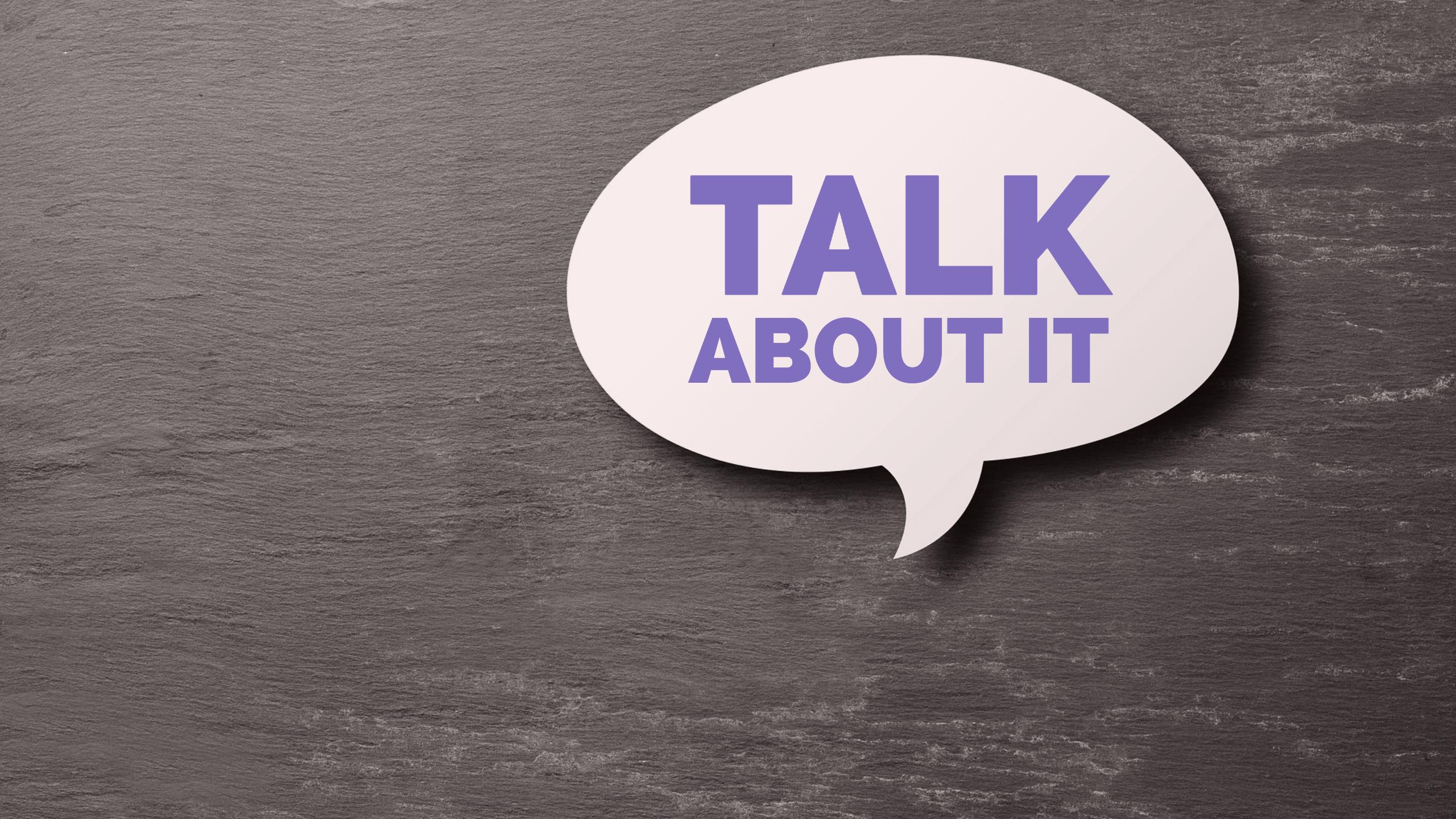 When you talk with your students about social media, they will come to you when they encounter a problem. But if you only talk about social media in a negative way, students won’t ask for help. Why? Because they are afraid you’ll punish them for using social media. “Told you it was dangerous! or “Don’t use the iPad anymore!”. In the future, students won’t come to you anymore, even if they have some serious problems.
When you talk with your students about social media, they will come to you when they encounter a problem. But if you only talk about social media in a negative way, students won’t ask for help. Why? Because they are afraid you’ll punish them for using social media. “Told you it was dangerous! or “Don’t use the iPad anymore!”. In the future, students won’t come to you anymore, even if they have some serious problems.
It’s easy to talk about a responsible use of social media without dedicating a whole new lesson to it. You can integrate social media in your own lessons. For example: let your students make a YouTube video about a certain topic. Afterwards, link a social media lesson to it and ask necessary questions:
- How do you want to be seen on the internet?
- Which people may see the video?
- Which people may absolutely not see the video?
- How are you going to avoid that?
- What dangers can you encounter?
- What about privacy settings?
- Etc.
On this blog you can find some tutorials on how to teach students about online safety.
2. Make rules
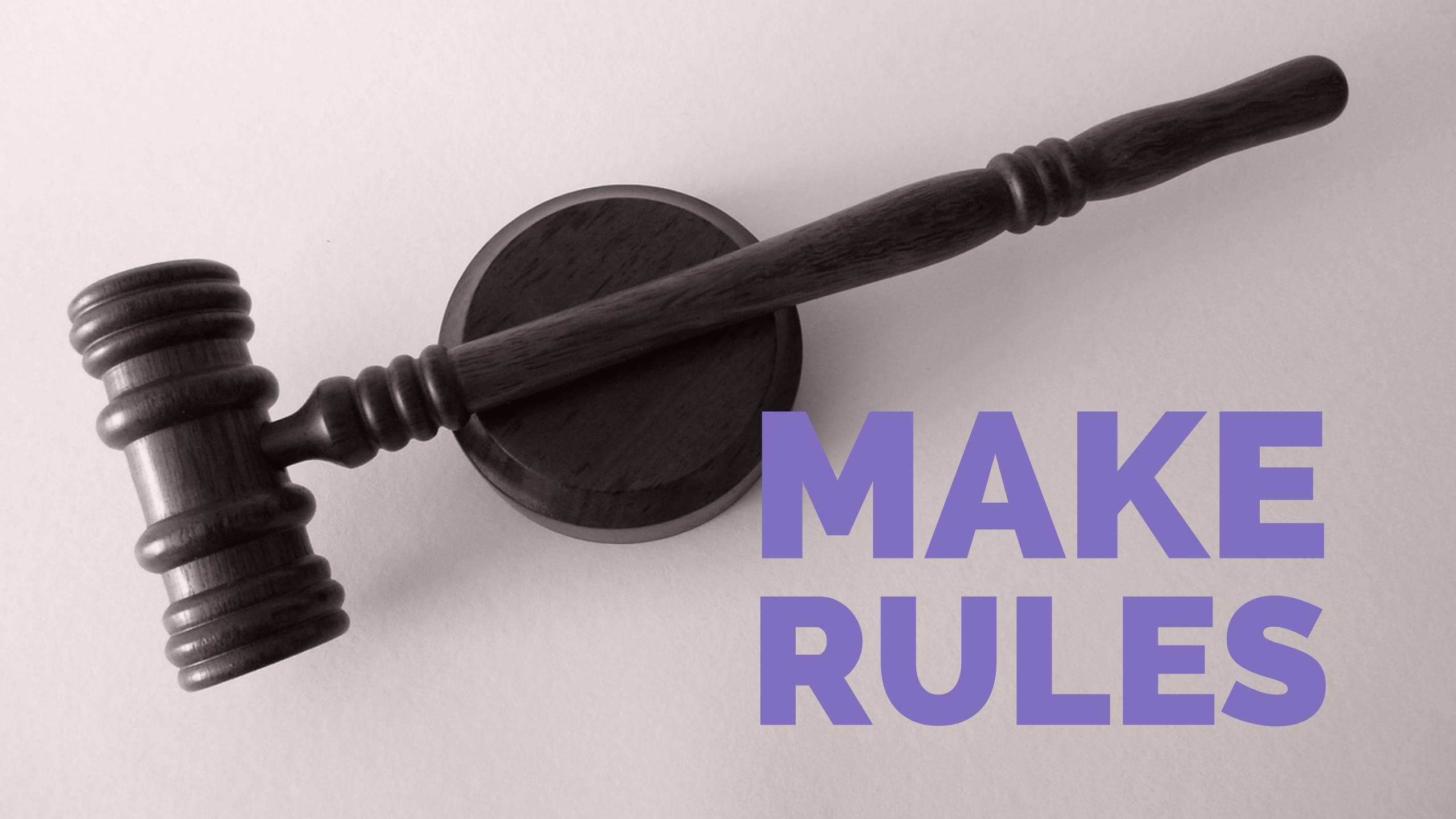 To maintain good classroom management, you can make rules about using social media platforms in class. It’s important that students know when they may use it and when not. You can set up some social media rules like these:
To maintain good classroom management, you can make rules about using social media platforms in class. It’s important that students know when they may use it and when not. You can set up some social media rules like these:
- Students can only use their smartphones for themselves during the intermission and only outside. If this doesn’t work, you can create a “smartphone jail”. At the beginning of the lesson, you ask your students to hand over their cell phones or place it in a basket.
- Every phone’s volume has to be turned down. Don’t let cell phones interrupt the class.
- Phones and social media can be used during class only when the teacher says so, for educational purposes.
Pro tip: involve your students to create mutual agreements on the use of social media. Most students know that they can’t use social media while the teachers is explaining something. It should be easy to come to a mutual agreement. And we all know that students will indulge rules more if they were the ones who made them!
Even the best rules are useless if you don’t enforce them. Just like the rules, you can let your students agree on a sanction when someone doesn’t live by them. You’ll be surprised at how hard students can be for themselves.
3. Involve the parents
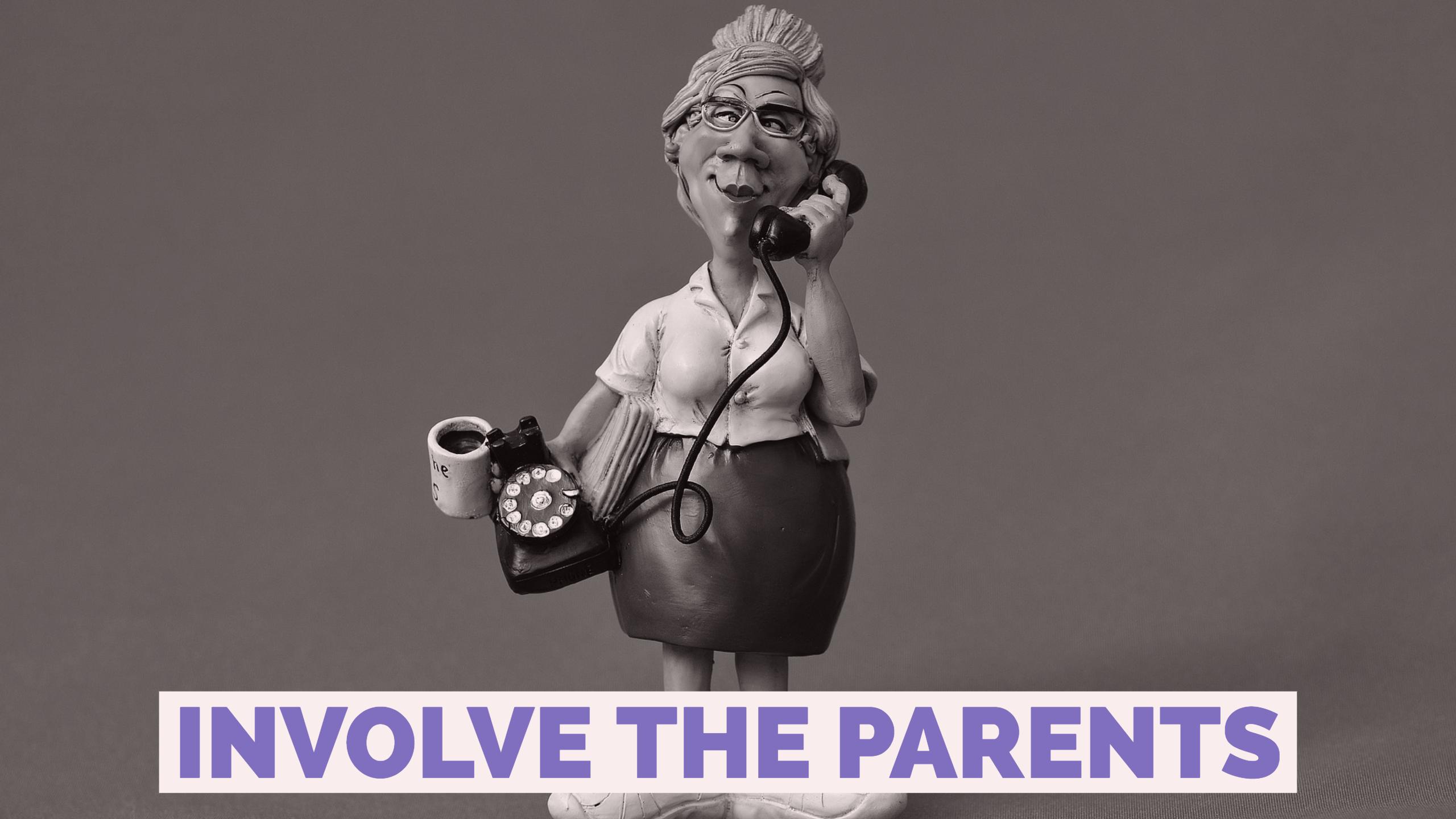 “What happens in school, doesn’t stay in school.” Involve the parents when addressing the social media topic. After all, students will be using social media even more at home.
“What happens in school, doesn’t stay in school.” Involve the parents when addressing the social media topic. After all, students will be using social media even more at home.
Behavioral rules in the ordinary world often apply in the virtual world as well. That’s why parents have to know what their kids have learned from the teacher and the other way around. It’s important that everyone knows the benefits and the dangers of social media. Today students are too much the only ones interested. Therefore, they have often no authority figure to rely on when something goes wrong.
4. Use social media yourself
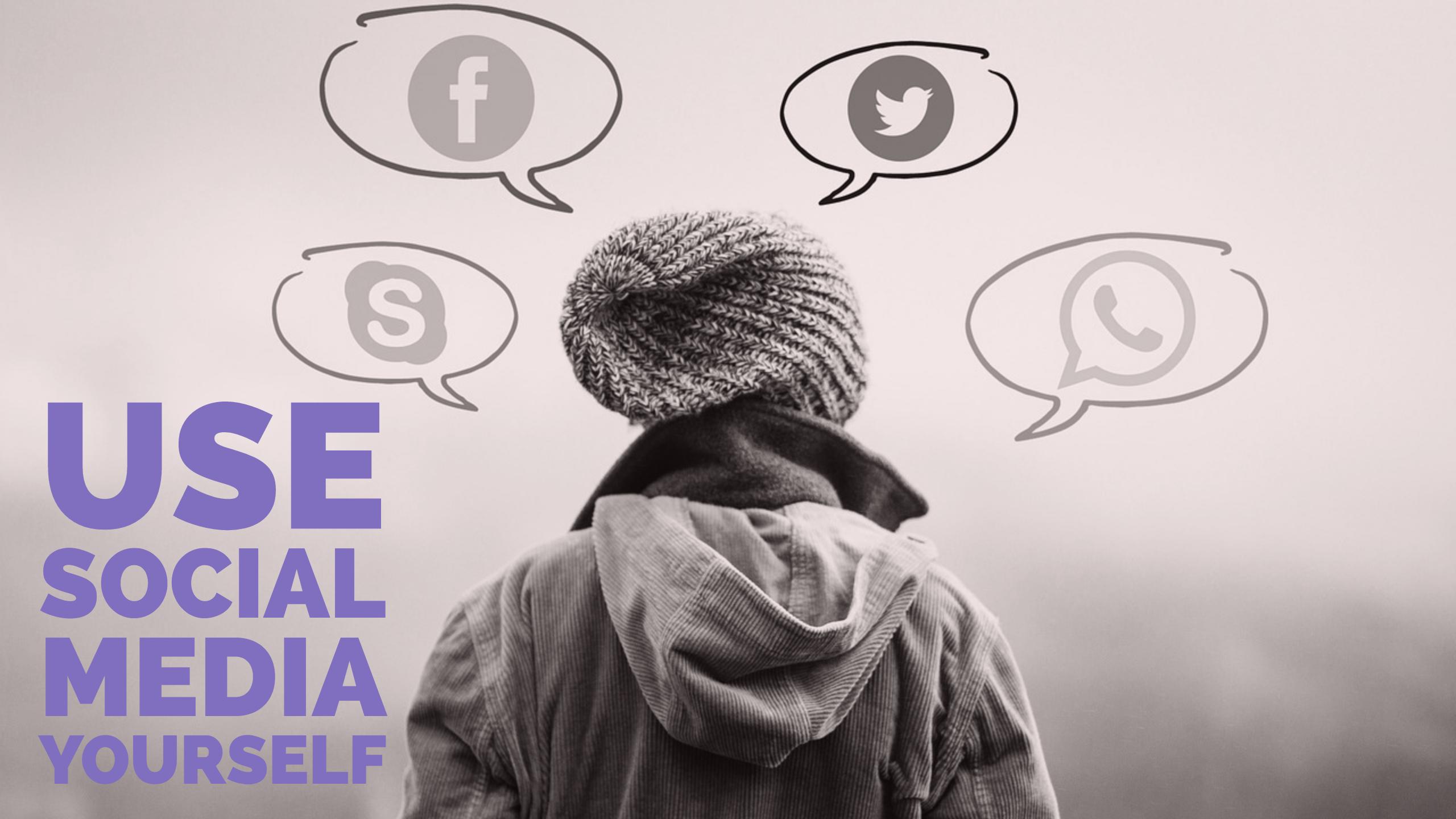 You can do so many things with social media that actually fits right into your course! I’ll cover the most popular social media platforms below. If these don’t fit in your classroom, try out something else! There are so many different opportunities and possibilities.
You can do so many things with social media that actually fits right into your course! I’ll cover the most popular social media platforms below. If these don’t fit in your classroom, try out something else! There are so many different opportunities and possibilities.
Here are some fun tips for social media in the classroom:
- Snapchat: Yes, you can use Snapchat. Students love Snapchat! They like sharing pictures and videos, and they also like watching them. What about mini learning videos at any time of the day? You can share mini lessons or photo’s from your daily life that are related to a classroom topic. What better way to integrate real life with school? At least they know now that teachers are also just humans! In “Ditch that textbook” you will find some tips on how to use Snapchat in your classroom.
- Instagram: Create a photo project about your lesson topic. In geography, you can have students take pictures of some environmental hotspots. For history, your students have to discover the ancient city and photograph special historical places and buildings. Another fun idea is to let your students introduce themselves with Instagram. Let them take meaningful pictures that represent them. For more ideas: here are 10 more ways to use Instagram in your classroom.
- Facebook: Create a Facebook group for your class. Students will share more and ask way more questions. You can help them out or let someone else explain. You can post interesting video’s, books, polls and many more. It’s very important that students know the rules of this group, like: “What kind of posts are inappropriate and what doesn’t belong in this group?” Of course this is just one of the many things you can do with Facebook. Here are 100 ways to use Facebook in your classroom.
- Twitter: One of the simplest ways to use Twitter in the classroom involves setting up a feed dedicated exclusively to due dates, tests or quizzes. As a result, students get a small reminder of the upcoming due dates and assignments. You can also use Twitter for setting up a field trip. Encourage parental involvement by asking them to voice their opinions on where to go and which places to avoid when it comes to planning field trips. Looking for more “Twitter inspiration”? Here are 50 ways to use Twitter in your classroom.
- YouTube: As I have said in the beginning of this post, you can let students make their own YouTube video about a lesson topic instead of a PowerPoint presentation. Students will love it! Here are some more examples on how to use YouTube in your classroom.
- TikTok: TikTok can also be used in multiple ways. For example, let your students create their own short video where they give a summary of the lesson. Looking for other examples? Check out this blog post with 30+ ready-to-use TikTok lesson ideas for teachers.
5. Be a role model
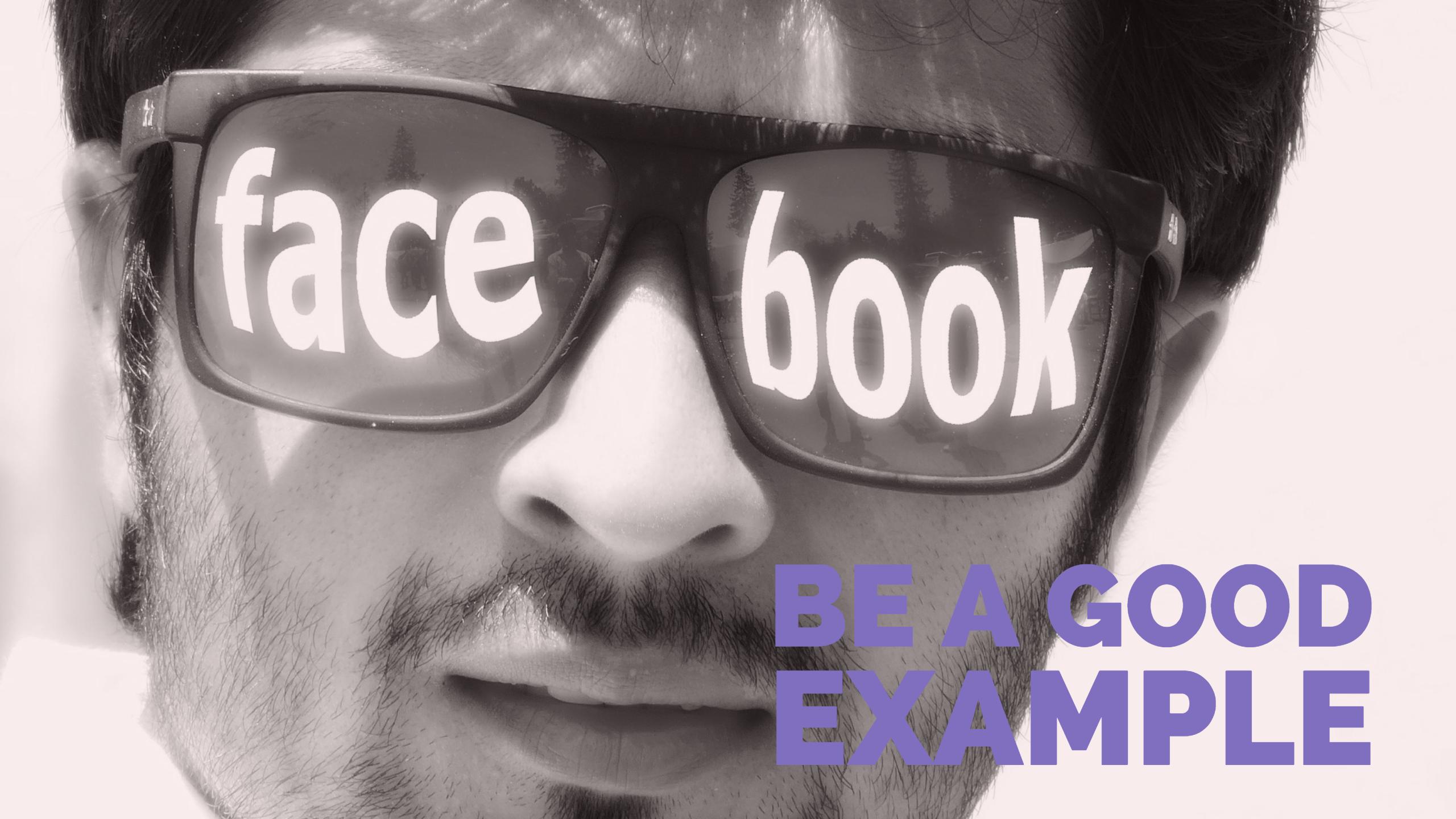 Everybody knows that one teacher who throws everything on the internet, right? From cat pictures to baby pictures or party pictures. Please, don’t be that teacher. You are an example to your students. Act like you know how to handle social media and edit your privacy settings.
Everybody knows that one teacher who throws everything on the internet, right? From cat pictures to baby pictures or party pictures. Please, don’t be that teacher. You are an example to your students. Act like you know how to handle social media and edit your privacy settings.
There’s one more thing you have to think about. You may be the expert on your course, but you probably aren’t an expert on social media. Dare to ask your students to help you on the matter. There is nothing wrong with that. Students are happy to help their teachers! On top of that, it is good for professional development.
Wrap up
The first step has been taken; you now know how to manage social media. Have you learned anything new? Be sure to let us know on Twitter!
Have you decided to involve it more in your teaching? Check out this blog post with 30 amazing lesson ideas using social media and join our Teaching with BookWidgets Facebook Group to share your own lesson ideas with other teachers.
Don’t hesitate to reach out on LinkedIn!
